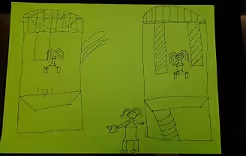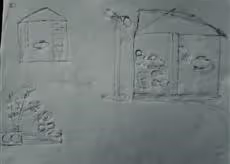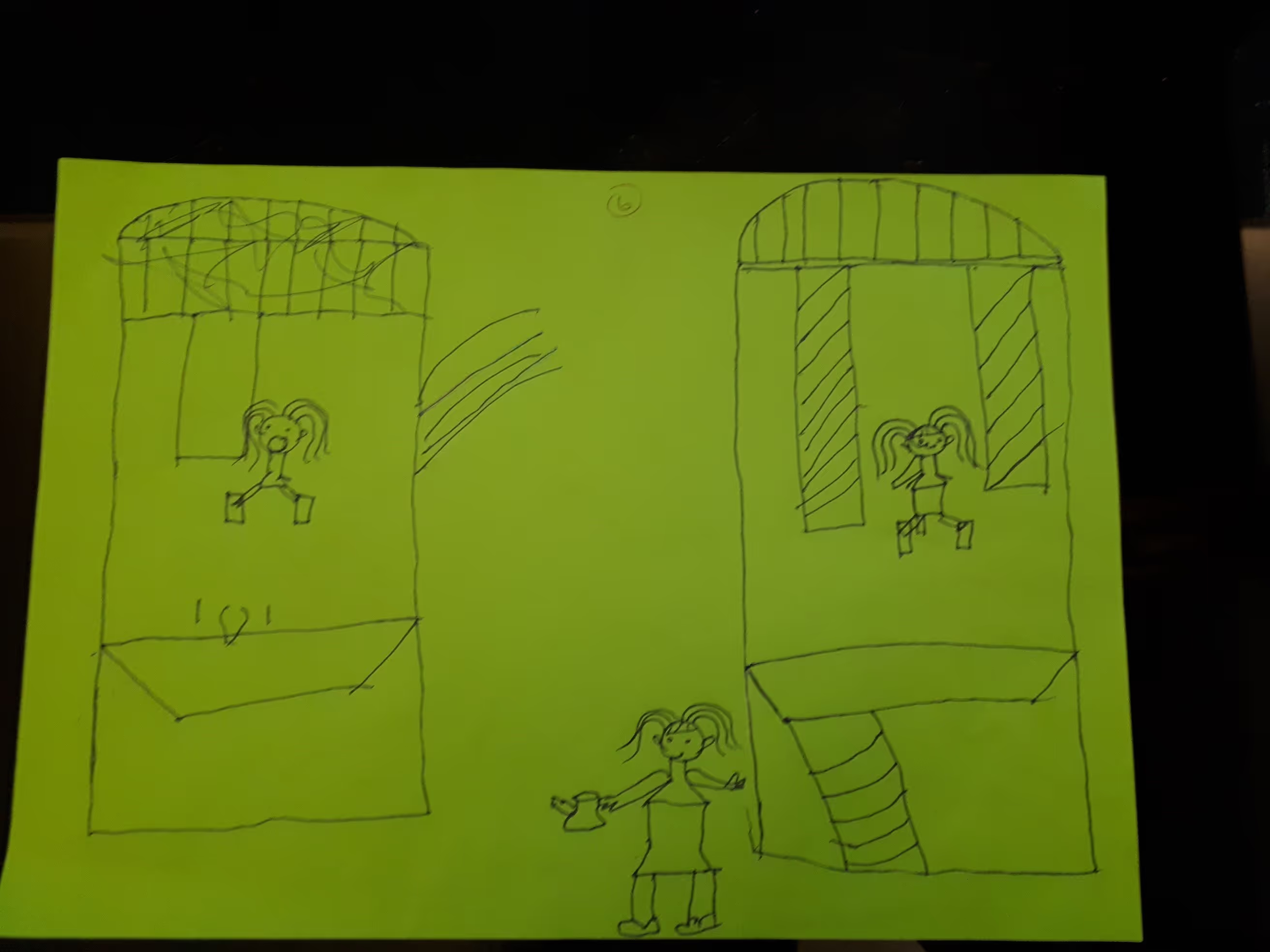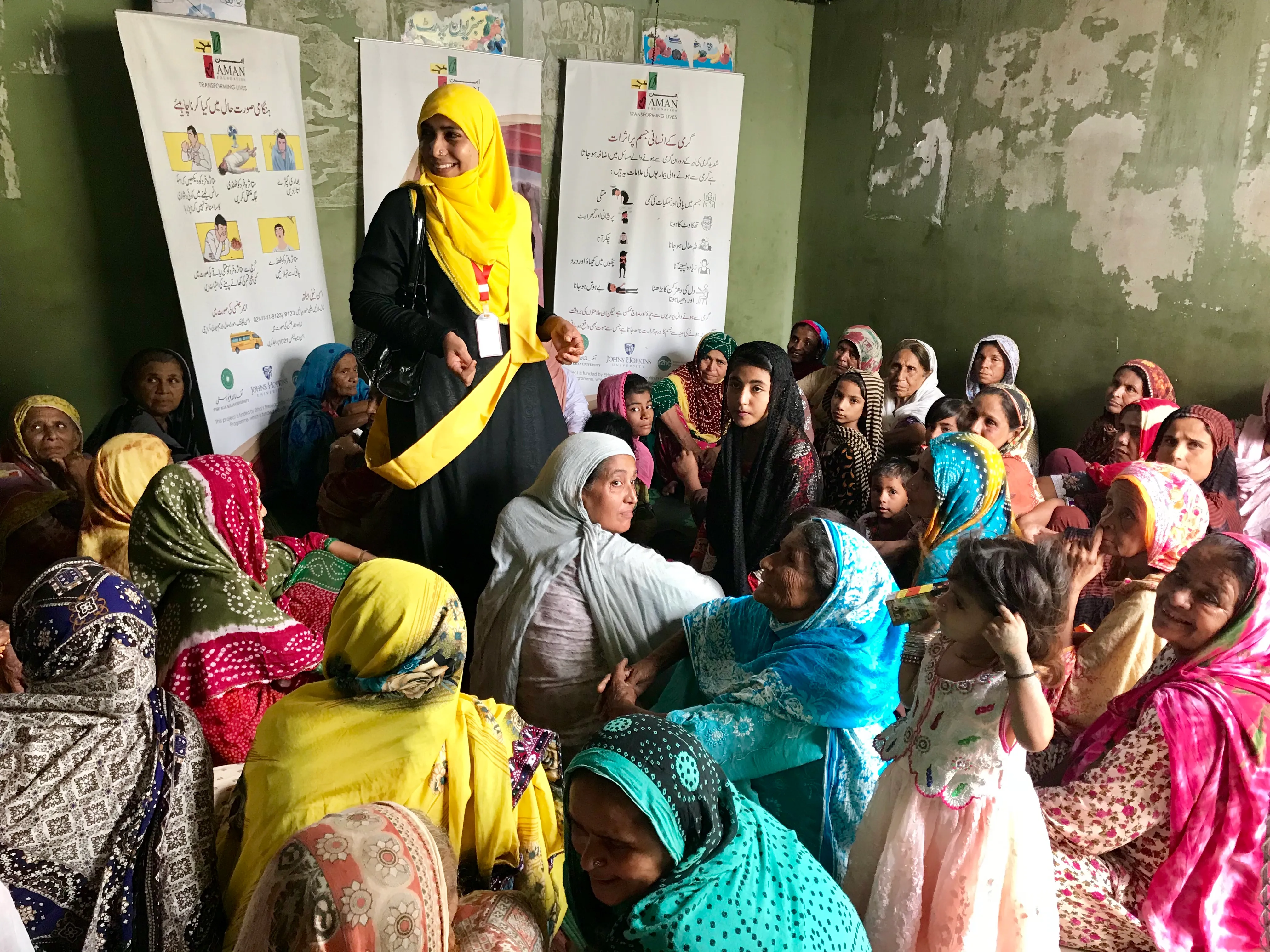A picture speaks a thousand words: children and sanitation design

The journey begins: Following months of eager anticipation and logistical preparations, my colleague Claudia and I arrived into Cox’ Bazar Bangladesh on April 27th. We were there to carry out our first evaluation into the extent of participation within our user centred Sanitation Design projects. The community we would be speaking with were the Rohingya refugees currently living in Jadimura Camp, located to the South of a town called Teknef, a 2-hour drive from Cox’ Bazar. This camp is currently home to 23,895 refugees.
During the evaluation, we hoped to find out how the communities participated and how our implementing partner responded to the participation (i.e. how the sanitation design options were altered as a result). Ultimately, we wanted to determine what the result was of this participation. Did it in fact lead to sanitation designs that reflected the needs and wants of the community? Were appropriate facilities provided in a timely manner, being consistently used and community-owned?
First things first: As some project staff had limited English language skills, coupled with the fact that the Rohingya community speak neither English nor Bangla, it was critical that we found two translators to assist with our data collection. On the Sunday before our first trip to Jadimura we had requested Save the Children (the implementing partner) to identify staff and translators to meet with us so we could explain the objective of the evaluation and run through all the evaluation tools we planned to use in the coming days. We went through our focus group discussion and key informant interview questions, and the agenda and activities planned for the workshop with children. Given their local expertise, we requested their advice as to whether these tools were appropriate in the context, and the feedback they provided was used to adapt the tools.
Over the following two days Claudia and I split into two teams and carried out a series of Focus Group Discussion’s and Key Informant Interviews’ with community management structures, child caregivers and last but certainly not least, we held separate workshops with a group of girls and a group of boys, to find out how they had taken part in the project and felt about the project activities, and to see what they thought of their new latrines.
A picture speaks a thousand words: After doing our introductions and playing a little game to break the ice, we asked the children to draw a picture of “where they pooped” when they first came to the camp and “where they pooped” now. At first you could see they were a little shy about drawing, not wanting to start until they could see what their friends might draw. However, it didn’t take long for the giggling to start and the crayons to be passed around to make sure every detail was captured in their pictures. Each child was then invited to explain their drawing, telling us why the places they “pooped” had changed over time and how they felt about their new latrines.

The picture above was drawn by a boy showing his sanitation experience in the camp. On the left, he drew how children used to practice open defecation in the camp and had to squat behind bushes in an open field. When Save the Children came, they built latrines originally made out of tarpaulin and the door would flap in the wind. On the right, he drew his new latrine. It is made of tin and has a good door with a lock. It also has a water pot, soap and a soap dish, a brush to clean the toilet, slippers for your feet and liquid to clean the toilet. He proudly told us that the new toilet smells good and is clean and he feels safe using it as you can lock the door.
The picture below was drawn by a girl from the second children’s group. Her journey started by using a basic latrine that was made with tarpaulin and the slab was unstable, and it had no door. She told us; “You had to hold the tarpaulin as you were afraid it would open and that you would fall in”. The new one has a bucket, water pot, soap bar, air-freshener, brush for cleaning and liquid (bleach) to clean it. She showed us that the little girl using the old latrine had a shocked face because the smell was bad and the footrests on the slab were too wide for her legs. While the girl in the new latrine has a big smile on her face as the slab is now changed to be easier for children to use and the latrine is so clean.

General observations from the field: The community seemed very satisfied with the latrines provided by Save the Children. The use of a digital survey tool to gather the communities feedback on the latrines had been very enjoyable for the survey participants and they felt the input they provided had been key in bringing about the changes to the latrines.
Next Steps: All the data gathered from this trip has now been transcribed and will be input into a qualitative data analysis software for processing. In June, our second evaluation trip will take place to Iraq and following quickly on its heels will be our third trip to Uganda in July, so more interesting findings to come!
By Kate Brogan, Oxfam
Stay updated
Sign up for our newsletter to receive regular updates on resources, news, and insights like this. Don’t miss out on important information that can help you stay informed and engaged.
Related articles



Explore Elrha
Learn more about our mission, the organisations we support, and the resources we provide to drive research and innovation in humanitarian response.